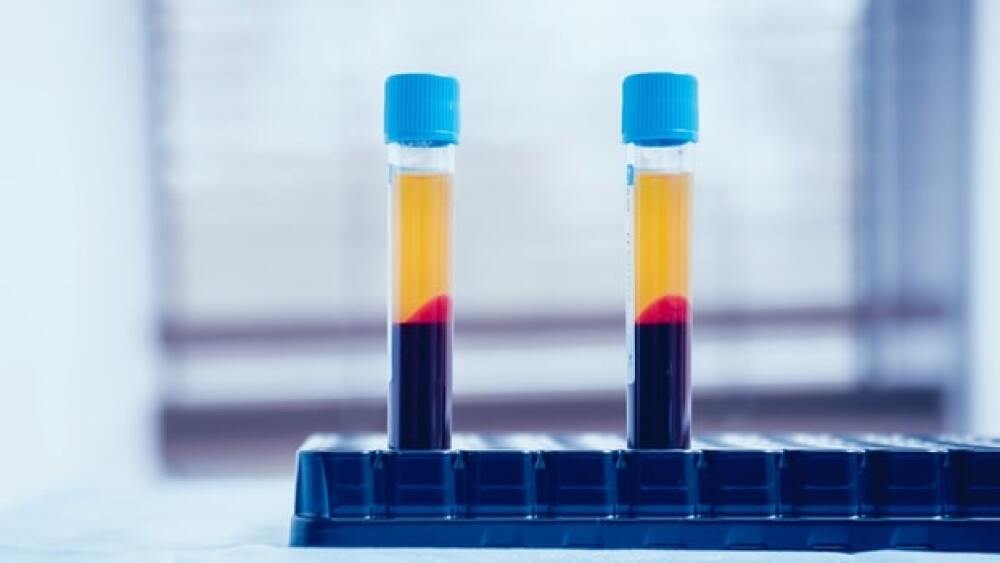Another study is adding to a growing body of literature that suggests convalescent plasma from recovered patients with COVID-19 doesn’t prevent further COVID-19 progression in at-risk people who visit the emergency room.
Another study is adding to a growing body of literature that suggests convalescent plasma from recovered patients with COVID-19 doesn’t prevent further COVID-19 progression in at-risk people who visit the emergency room (ER).
Convalescent plasma is a widely used therapeutic option for hospitalized patients with COVID-19, based on the theory that immune cells found in recovered patients’ blood could help other patients combat the effects of the novel coronavirus. Plasma from patients who have recovered from the disease contains antibodies that the immune system generates to fight the disease.
Back in the summer of 2019, the U.S. Food and Drug Administration (FDA) authorized convalescent plasma for emergency use in hospitalized patients but said at the time that it needed to review more research data to validate its efficacy.
Early this week, the National Institutes of Health (NIH) stopped a trial it was running on convalescent plasma after an independent review committee found the therapy was providing no clear meaningful benefit for patients with COVID-19 who were treated and released from the ER.
The new trial, termed the Clinical Trial of COVID-19 Convalescent Plasma of Outpatients (C3PO), only included 511 participants out of its 900-participant goal. Overall, the trial was conducted at 47 hospital emergency departments. Patients were included if they had COVID-19 symptoms for a week or less.
On February 25, an independent data and safety monitoring board found that while convalescent plasma was likely safe, it was unlikely to offer any benefit. Researchers from the study have reportedly said they are still waiting until the data are fully analyzed before they can provide direct conclusions on the treatment’s effectiveness.
In November of last year, another study from Argentina also found that the use of convalescent plasma offered no clinical benefit, nor did it improve mortality in patients with COVID-19 pneumonia.
In an interview with USA Today, Dr. Simone Glynn, the NIH trial’s program scientist, said they “do not see any sign that convalescent plasma had a benefit” in patients at risk for more severe disease.
Daniel Griffin, infectious disease specialist at New York’s ProHEALTH Care, added that convalescent plasma, in the setting of COVID-19, doesn’t seem to provide a significant impact on mortality and hospitalization rates, two key metrics looked at during the trial.
Currently, more than 180 trials are studying the efficacy and safety of convalescent plasma for COVID-19, including two studies at Johns Hopkins University in Baltimore to investigate whether the therapy reduces the risk of symptom development in people exposed to SARS-CoV-2 and one study from Vanderbilt University to see if plasma reduces severe disease when given to hospitalized patients early in the course of their disease.
While the recent study on convalescent plasma has been largely disappointing, a 100,000-person trial last summer from the Mayo Clinic suggested this treatment approach was associated with 7.3% fewer deaths in patients who received plasma with high antibody levels versus patients who received plasma with lower antibody levels.
The study lacked a placebo group, however, but the researchers argued that the low-antibody-level plasma group was similar to that of a placebo control.
In an interview with Dr. R. Scott Wright, who helped lead the Mayo Clinic study, the recently halted study on convalescent plasma is too small to offer conclusions on the efficacy of the therapy. “We know it takes more than 1,000 patients to show a benefit of effectiveness,” Wright said.





